- Home
- Advertise With us
- World News
- Tech
- Entertainment
- Travels & Tours
- Contact US
- About us
- Privacy Policy
Top Insights
Better together: The ultimate guide to the best credit card combinations

Editor’s note: This is a recurring post, regularly updated with new information and offers.
Whether you’re new to the world of points and miles or just looking for the best ways to level up your current card portfolio, a strategic credit card pairing is one of the easiest ways to maximize your earning potential.
You’ve likely heard of the most popular card groupings — the Chase Trifecta and the Amex Trifecta — but these are far from the only ways to combine credit cards.
Let’s discuss how different credit cards work together to boost your spending and earning power and go over some of the best credit card combinations.
Related: The best business and personal credit card combinations
What makes the best credit card combination?
Several factors can make a good card combination, but most simply, a good pair is one in which both cards earn the same rewards but have different bonus categories. This way, you’ll be able to maximize your earnings across a wider range of purchases than you would with just one card.
-

LUIS ALVAREZ/GETTY IMAGES
Each pairing below shows how to boost your earnings with two complementary cards.
Related: 7 of the best cards to pair with the Amex Gold
Amex Platinum and Amex Gold
[applyLink pid=”22504813″ overridetext=”The Platinum Card® from American Express”] has a high $695 annual fee (see [termsConditions pid=”22504813″ overridetext=”rates and fees”]) but is great for travelers since it earns 5 Membership Rewards points per dollar spent on flights booked directly with an airline or through American Express Travel® (on up to $500,000 each calendar year, then 1 point per dollar spent thereafter).
It also comes with extensive airport lounge access, plus a slew of valuable statement credits. (Enrollment is required for select benefits; terms apply.)
The [applyLink pid=”6344″ overridetext=”American Express® Gold Card”] is a foodie’s dream card with a $325 annual fee (see [termsConditions pid=”6344″ overridetext=”rates and fees”]). It earns 4 points per dollar spent on dining at restaurants worldwide (up to $50,000 in purchases per calendar year, then 1 point per dollar spent thereafter) and on groceries at U.S. supermarkets (up to $25,000 in purchases each year, then 1 point per dollar spent thereafter).
It also comes with statement credits each calendar year for dining and takeout purchases. (Enrollment is required for select benefits; terms apply.)
-

THE POINTS GUY
Why they’re a great combination: These cards work great together because you’ll earn more on flights with the Amex Platinum than you would with the Amex Gold alone (5 points per dollar spent rather than 3; spending caps apply) and more at restaurants worldwide and U.S. supermarkets with the Gold than you would with the Platinum alone (4 points per dollar spent rather than 1; spending caps apply).
Additionally, the cards’ benefits and statement credits hardly overlap, meaning you’ll get tremendous value from having both cards. You can then transfer your Membership Rewards points to any of Amex’s 21 airline and hotel partners.
TPG credit cards editor Olivia Mittak likes using the Amex Gold and Amex Platinum together to maximize earnings in her top spending categories. “My grocery and dining purchases almost always go on my Gold, while I book flights with my Platinum; I also put large purchases on my Platinum to take advantage of that card’s extensive protections,” she says.
To learn more, check out our full reviews of the Amex Platinum and the Amex Gold.
Apply here: [applyLink pid=”22504813″ overridetext=”The Platinum Card from American Express”]
Apply here: [applyLink pid=”6344″ overridetext=”American Express Gold Card”]
Chase Sapphire Preferred and Freedom Unlimited
The [applyLink pid=”22125056″ overridetext=”Chase Sapphire Preferred® Card”] (see [termsConditions pid=”22125056″ overridetext=”rates and fees”]) is one of our favorite travel rewards cards, earning 5 points per dollar on travel purchased through Chase Travel℠, 3 points per dollar spent on dining (including eligible delivery and takeout), select streaming and online grocery purchases (excluding Walmart®, Target® and wholesale clubs), 2 points per dollar spent on all other travel purchases and 1 point per dollar spent on everything else.
Additionally, it comes with some valuable travel protections — all for a low $95 annual fee.
The [applyLink pid=”221211281″ overridetext=”Chase Freedom Unlimited®”] (see [termsConditions pid=”221211281″ overridetext=”rates and fees”]) is a great everyday card. It has no annual fee and earns 3% cash back on dining (including eligible delivery and takeout) and drugstore purchases and 1.5% on all other purchases.
-

THE POINTS GUY Why they’re a great combination: Both cards allow you to earn an impressive return on dining purchases, but you’ll earn more on your non-Chase Travel travel spending with the Sapphire Preferred versus the Freedom Unlimited. Where the Freedom Unlimited really shines is in its non-bonus spending.
By itself, the Freedom Unlimited earns cash-back rewards. However, if you also have the Sapphire Preferred, you can combine your rewards from the two cards and transfer them to any of Chase’s 14 travel partners for maximum value.
To learn more, check out our full reviews of the Chase Sapphire Preferred and the Chase Freedom Unlimited.
Apply here: [applyLink pid=”22125056″ overridetext=”Chase Sapphire Preferred Card”]
Apply here: [applyLink pid=”221211281″ overridetext=”Chase Freedom Unlimited”]
Ink Business Preferred and Chase Sapphire Reserve
The [applyLink pid=”221211974″ overridetext=”Ink Business Preferred® Credit Card”] (see [termsConditions pid=”221211974″ overridetext=”rates and fees”]) is one of our favorite business cards. It earns 3 points per dollar spent on the first $150,000 in combined spending on shipping, internet, cable, travel, phone services and advertising purchases made with social media sites and search engines.
Cardholders will also earn 5 points per dollar spent on Lyft purchases (through Sept. 30, 2027) and 1 point per dollar spent on all other purchases.
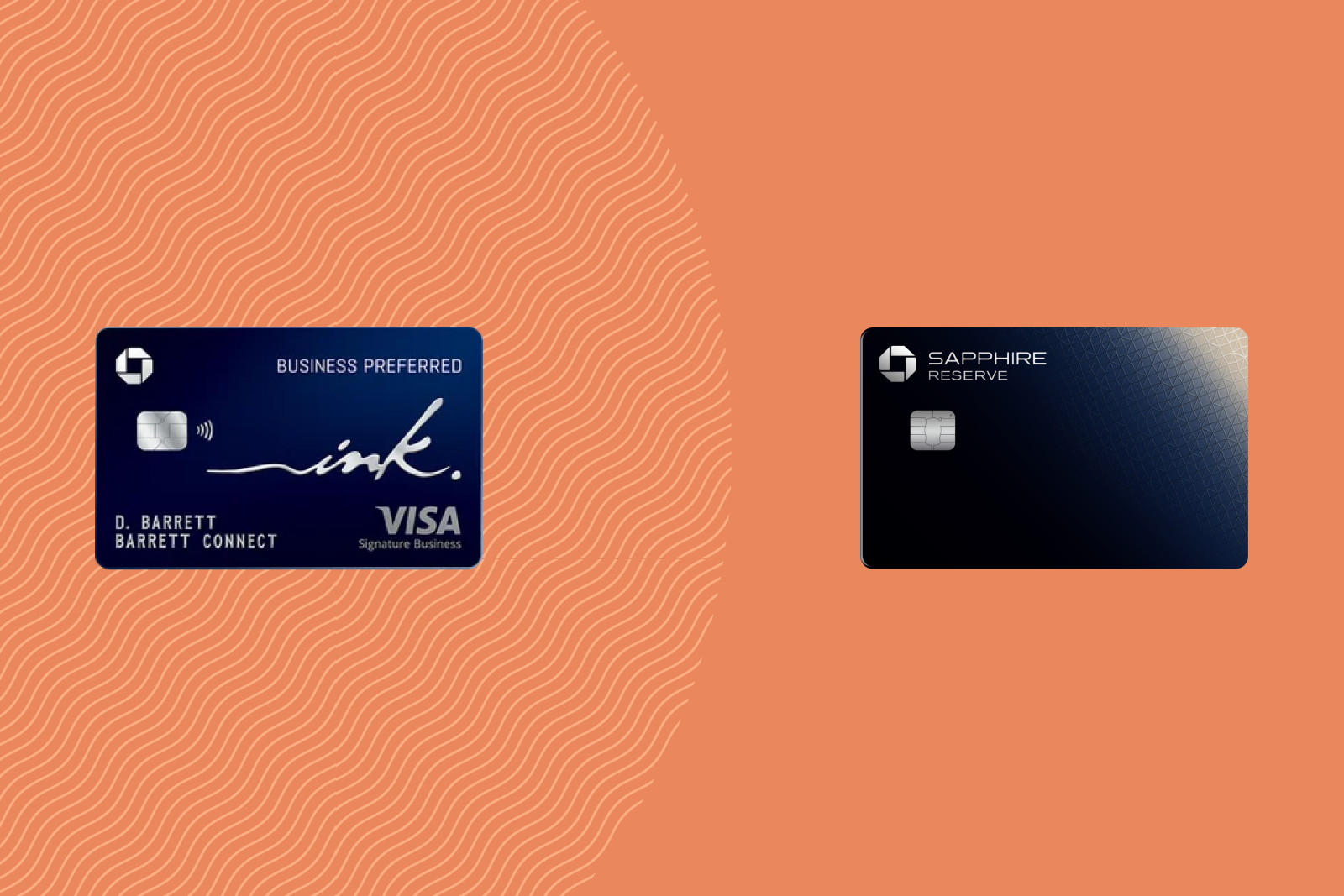
The [applyLink pid=”221211836″ overridetext=” Chase Sapphire Reserve®”] (see [termsConditions pid=”221211836″ overridetext=”rates and fees”]) is the premium sibling of the [applyLink pid=”22125056″ overridetext=”Chase Sapphire Preferred”]. With it, you’ll get access to Chase Sapphire and Priority Pass lounges, an annual travel credit and useful statement credits.
It earns 8 points per dollar spent on purchases made through Chase Travel, 4 points per dollar spent on flights and hotels booked directly and 3 points per dollar on dining purchases (including takeout and eligible delivery).
Why they’re a great combination: If you have a lot of business expenses, pairing a business card with a personal card can work in your favor.
With this combination, use your Ink Business Preferred for the first $150,000 in business purchases each year and your Sapphire Reserve for travel and dining purchases to maximize your points per dollar earning opportunities across the board.
To learn more, check out our full reviews of the Ink Business Preferred and the Chase Sapphire Reserve.
Apply here: [applyLink pid=”221211974″ overridetext=”Ink Business Preferred Credit Card”]
Apply here: [applyLink pid=”221211836″ overridetext=”Chase Sapphire Reserve”]
Chase Sapphire Preferred and Sapphire Reserve
With the refresh of the [applyLink pid=”221211836″ overridetext=”Chase Sapphire Reserve”] came the ability to hold both the Sapphire cards at the same time. Previously, Chase only allowed customers to hold one Sapphire card; with the recent refresh of the Sapphire Reserve, that restriction has been lifted.
Holding both cards allows you to maximize points on travel spending. You’ll earn 8 points per dollar spent on all Chase Travel purchases and 4 points per dollar spent on hotels and flights booked directly on the Sapphire Reserve. Plus, with the Sapphire Preferred, you’ll earn 2 points per dollar spent on all other travel purchases.
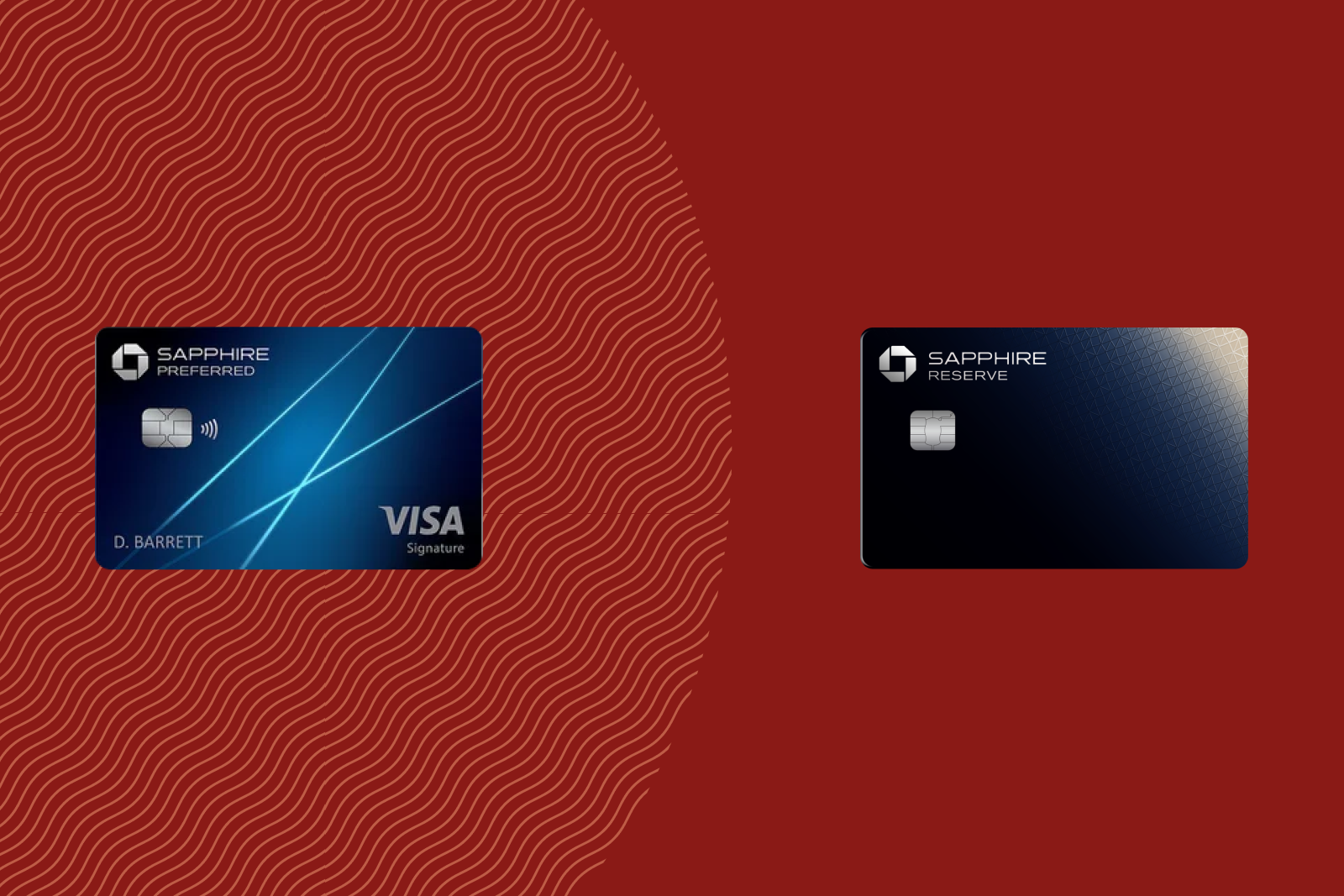
With this combo, you’ll receive valuable travel perks, such as lounge access, primary rental car insurance and travel protections.
Why they’re a great combination: Holding both cards will allow you to maximize points on travel spending, ensuring you get at least 2 points per dollar spent on travel purchases.
Plus, by holding both cards, your points can be used to book travel directly through Chase Travel at a value of up to 2 cents per point with the new Points Boost feature, depending on the specific redemption (see your rewards program agreement for full details). And if you really want to maximize your earnings, you could create a trifecta by adding the [applyLink pid=”221211281″ overridetext=”Chase Freedom Unlimited”], ensuring you earn at least 1.5 points per dollar spent on all purchases.
Apply here: [applyLink pid=”22125056″ overridetext=”Chase Sapphire Preferred Card”]
Apply here: [applyLink pid=”221211836″ overridetext=”Chase Sapphire Reserve”]
Capital One Savor Cash Rewards And Capital One Venture Rewards
The Capital One Savor Cash Rewards Credit Card has no annual fee and is a great option for everyday spending categories. The card earns 5% cash back on hotels and rental cars booked through Capital One Travel, 3% cash back on dining, entertainment, grocery stores (excluding superstores like Walmart® and Target®) and popular streaming services and 1% back on all other purchases.
The Capital One Venture Rewards Credit Card has a $95 annual fee. It earns 5 miles per dollar spent on hotels, vacation rentals and rental cars booked through Capital One Travel and 2 miles per dollar spent on all other purchases, making it a good card for spending that doesn’t fall in other cards’ bonus categories.
-

THE POINTS GUY Why they’re a great combination: Use your Savor for purchases in the 3% cash-back bonus categories and your Venture Rewards for all other purchases to earn 2 miles per dollar on them. With this duo, you can convert your cash back to Capital One miles and transfer them to any of Capital One’s 15-plus airline and hotel partners.
To learn more, check out our full reviews of the Capital One Savor Cash and Capital One Venture Rewards.
Learn more: Capital One Savor Cash Rewards
Learn more: Capital One Venture Rewards
Other ways to pair cards
Add a cobranded card for one of your card’s travel partners
If you already have a card that earns transferable rewards, pairing it with a card that earns rewards for one of its travel partners is a great option.
-

ANDRES GARCIA LACHNER/HYATT ANDAZ, PENINSULA PAPAGAYO COSTA RICA
For instance, if you earn Chase Ultimate Rewards points with your [applyLink pid=”22125056″ overridetext=”Chase Sapphire Preferred Card”], you might want to get the [applyLink pid=”6230″ overridetext=”World of Hyatt Credit Card”] (see [termsConditions pid=”6230″ overridetext=”rates and fees”]) to access Hyatt-specific benefits like elite status and a free night each year.
Related: Best hotel cobranded cards
Diversify your rewards
While most combinations center around earning similar rewards, it’s also a good idea to earn different types of rewards. You could, for example, pair the [applyLink pid=”6344″ overridetext=”Amex Gold”] with the Capital One Venture X Rewards Credit Card.
-

TWENTY47STUDIO/GETTY IMAGES
In this scenario, you would want to use your Amex Gold to earn bonus points on flights, dining at restaurants worldwide and groceries at U.S. supermarket purchases (up to $50,000 per calendar year for restaurants worldwide and up to $25,000 per calendar year for U.S. supermarkets, then 1 point per dollar spent thereafter) and your Venture X for your other purchases to earn 2 miles per dollar spent.
With this option, you can take advantage of both American Express and Capital One’s transfer partners, giving you even more flexibility in your reward redemptions.
Additionally, you could also pair an Amex or Capital One card with the no-annual-fee [applyLink pid=”10615″ overridetext=”Bilt Mastercard®”] (see [termsConditions pid=”10615″ overridetext=”rates and fees”]). It earns 3 points per dollar spent on dining, 2 points per dollar spent on travel and 1 point per dollar spent on other purchases, including rent payments (up to 100,000 points each calendar year) with no transaction fees (see [termsConditions pid=”10615″ overridetext=”rates and fees”]). To earn points, you must make at least five purchases per month.
Bilt Points are the highest-valued flexible points currency based on TPG’s July 2025 valuations and can be transferred to one of Bilt’s 22 airline and hotel partners.
Related: Guide to transferring points and miles to airlines and hotels
No annual fee
If you want to earn transferable rewards without paying an annual fee, pair the Capital One Savor Cash and the Capital One VentureOne Rewards Credit Card.
-

MASKOT/GETTY IMAGES
The VentureOne earns 1.25 miles per dollar spent on all purchases and allows you to turn Savor’s cash back into transferable Capital One miles.
You could also swap one of these Capital One cards with the Bilt Mastercard for another no-annual-fee duo that would diversify your rewards potential (see [termsConditions pid=”10615″ overridetext=”rates and fees”] for the Bilt Mastercard).
Related: Cashing in Capital One miles? How to get the maximum value when redeeming miles
Maximize bonus categories
If you’re OK with earning different types of rewards and want to make sure you’re maximizing all your purchases, you can set up your card portfolio with cards that earn bonus points in the categories you spend the most in.

For example, you might opt for the [applyLink pid=”221211836″ overridetext=”Chase Sapphire Reserve”] to earn 3 points per dollar spent on your dining purchases; the [applyLink pid=”10652″ overridetext=”Citi Strata Premier® Card”] (see [termsConditions pid=”10652″ overridetext=”rates and fees”]) to earn 3 points per dollar spent on your gas, EV charging stations and supermarket purchases; and the Capital One Venture Rewards Credit Card to earn 2 miles per dollar spent on all other purchases.
According to TPG’s July 2025 valuations, this combination would mean you’re getting an 3.7%-6.2% return on all your spending.
Related: The best rewards credit cards for each bonus category
Set up your ideal structure
Of course, different card combinations work well for different goals. Identifying your credit card goals will help you decide which qualities to focus on when you choose your next card.

For instance, if you want to minimize your annual fees while earning travel rewards, your best card pairs may differ from those listed above.
TPG lead writer for points and miles Katie Genter pairs her [applyLink pid=”221211974″ overridetext=”Ink Business Preferred”] with her [applyLink pid=”221211281″ overridetext=”Chase Freedom Unlimited”], as it allows her to maximize her Chase Ultimate Rewards points while only paying one $95 annual fee.
Related: Chase’s 5/24 rule: Everything you need to know
Bottom line
The smartest credit card strategy often involves pairing cards that complement each other. Start by taking stock of what’s already in your wallet, then align your next card with your spending patterns and reward goals. With the right combination, you’ll unlock even more value — and be well on your way to maximizing rewards for travel, everyday purchases, and beyond.
Related: Have one of the popular credit cards? Here are the others you should get to boost your points
For rates and fees of the Amex Platinum, click [termsConditions pid=”22504813″ overridetext=”here”].
For rates and fees of the Amex Gold, click [termsConditions pid=”6344″ overridetext=”here”].
For rates and fees of the Bilt Mastercard, click [termsConditions pid=”10615″ overridetext=”here”].
For rewards and benefits of the Bilt Mastercard, click here.
Related Articles
Cape Town: The culinary capital of South Africa
Cape Town is often referred to as the culinary capital of South...
Explore Egypt like you’ve never seen it before
For over 25 years, Amazing Global Travel has been introducing visitors to...
First look: This Greek island just got its first JW Marriott, complete with direct sea access and private infinity pools
[circuit type=review circuit_id=”20420194887″] Some 100 miles south of mainland Greece, there’s an...
EVA Air’s all-new premium economy cabin to make US debut in Dallas this fall
Taiwan-based airline EVA Air is set to bring its brand-new premium economy...





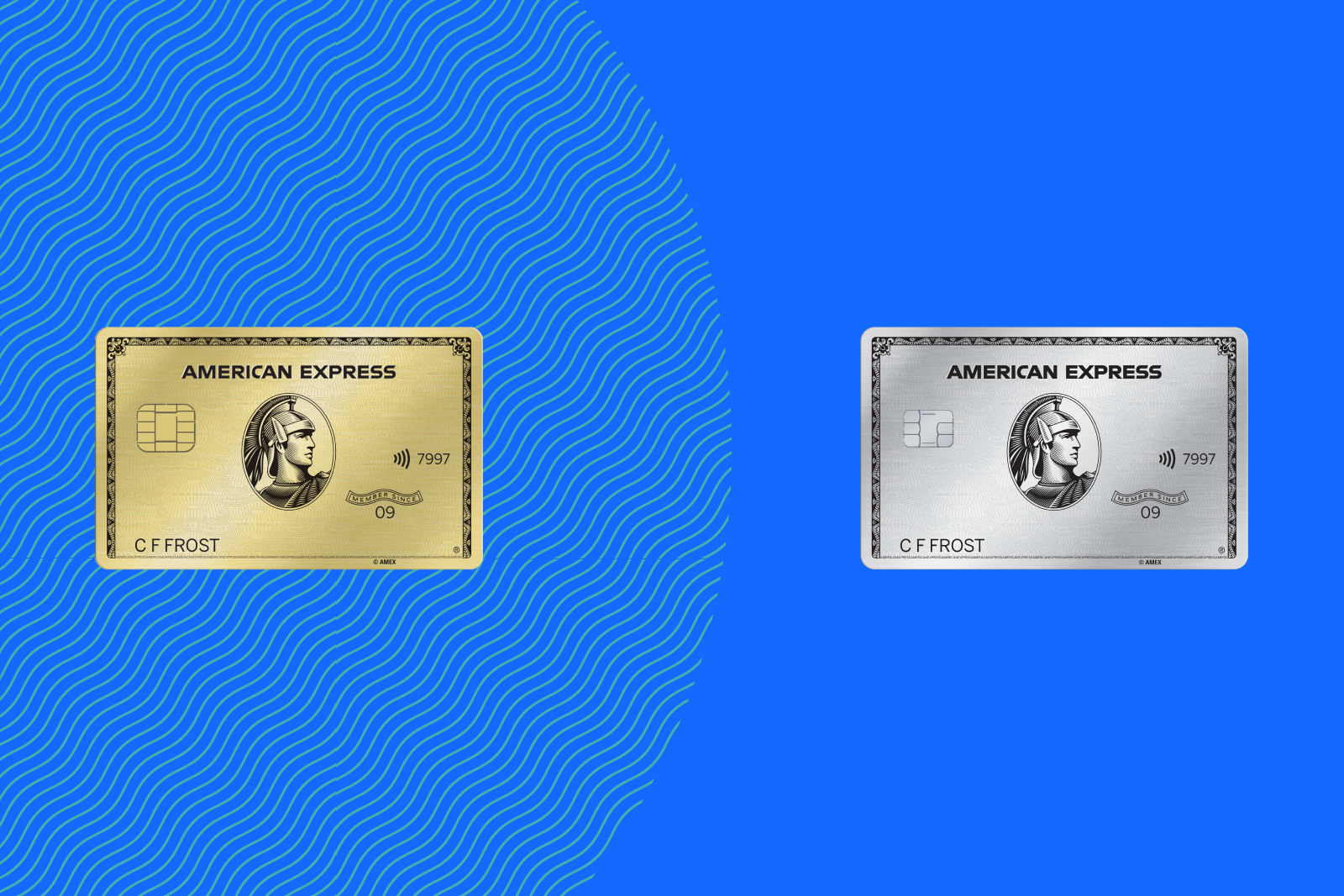
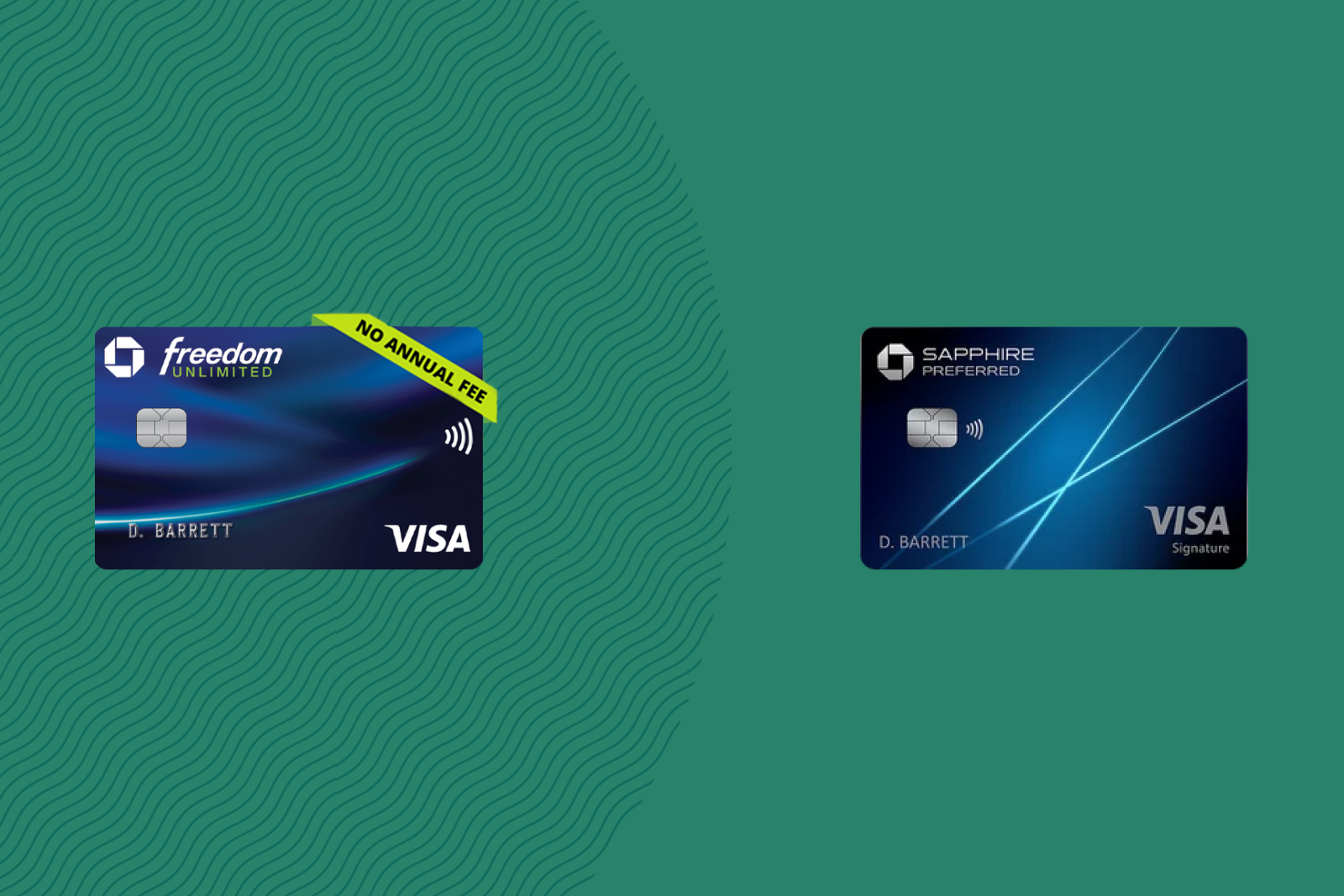
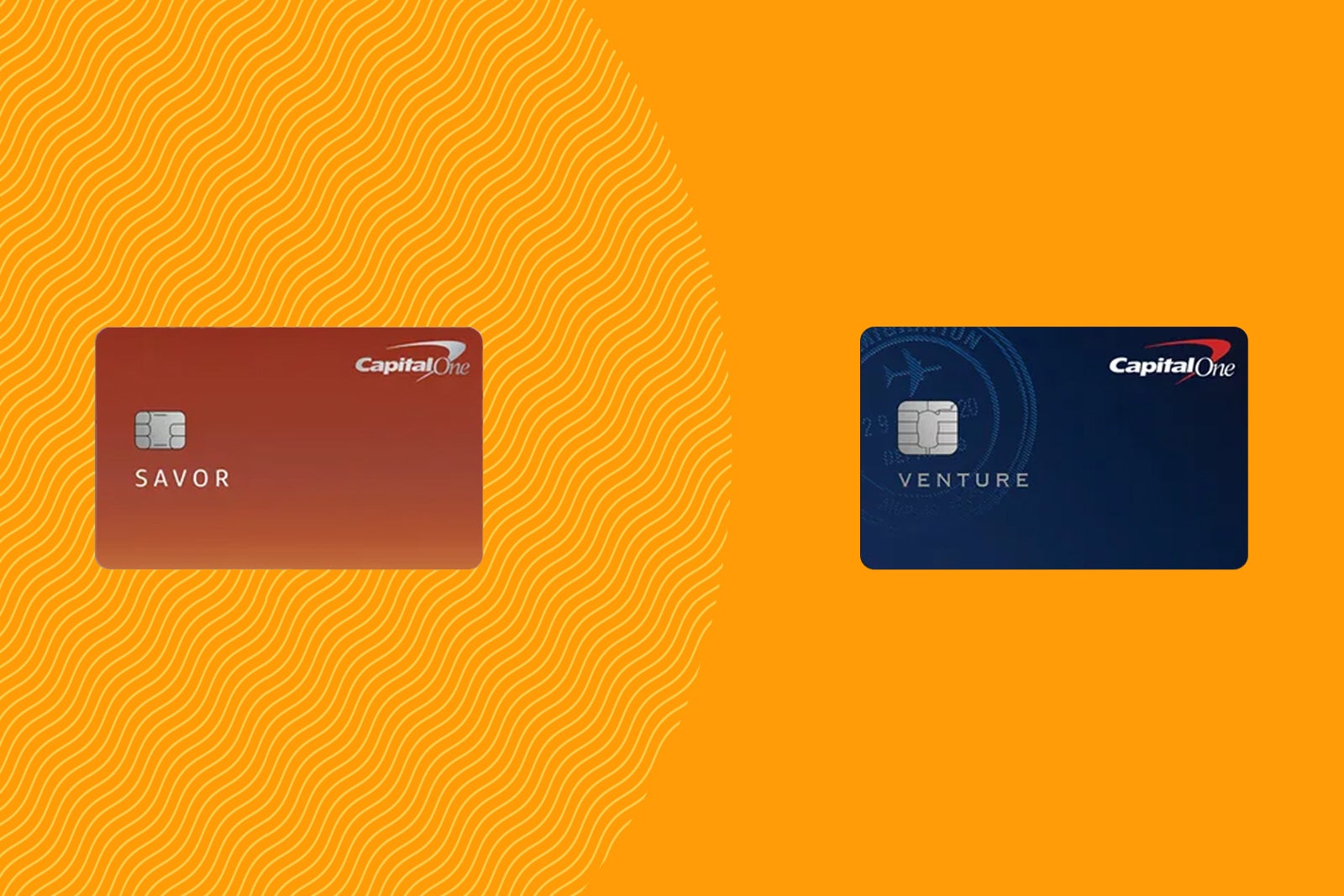







Leave a comment